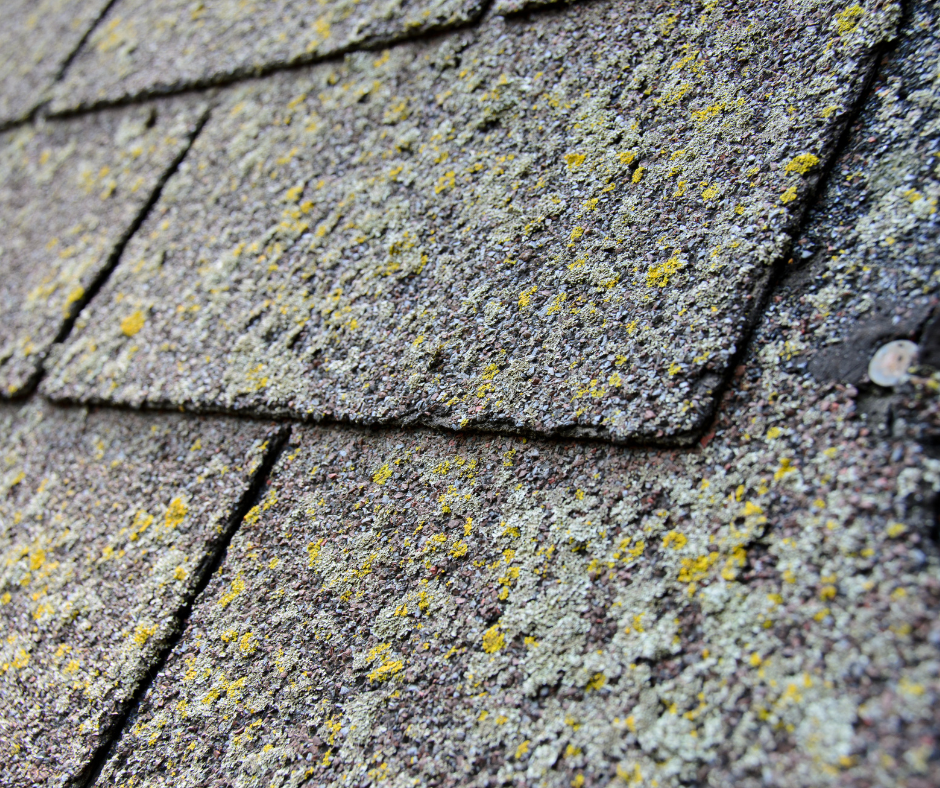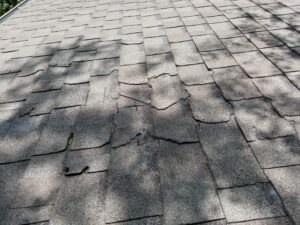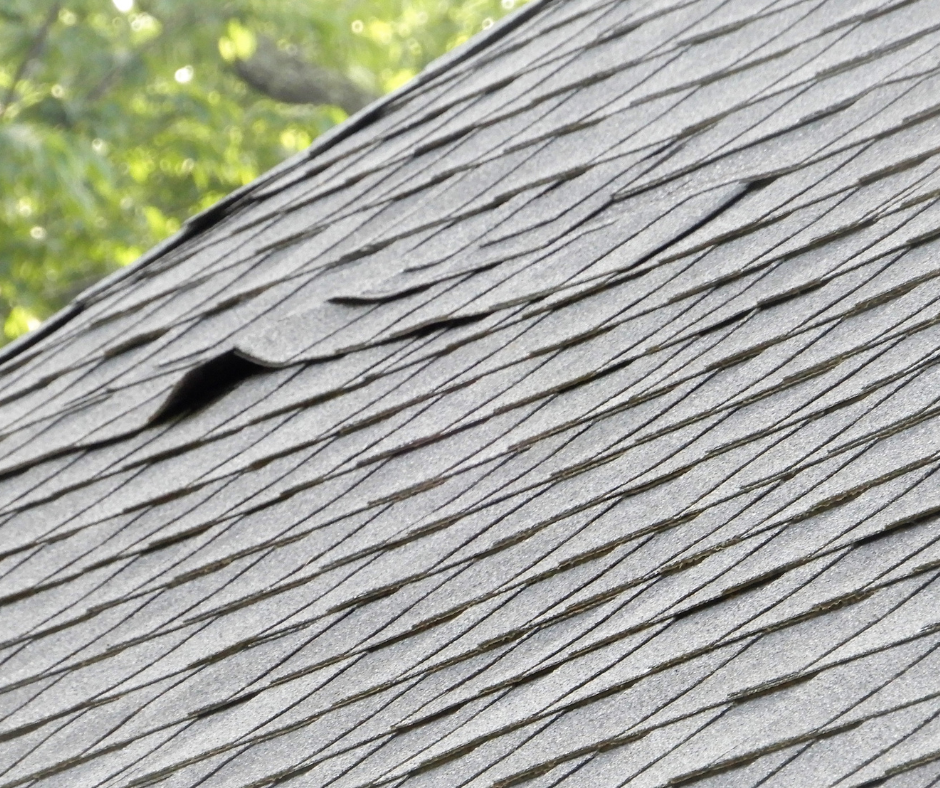Pricing | Roof Installation | Roof Maintenance
10 Signs You Need a Roof Replacement
A home is designed to be a safe haven- it is a space for you to show off your character and personality through decor, a shelter that provides safety for you and your family.
All too often, roof issues like sagging, leaks, mold, and water damage threaten the integrity of your home- and the safety of you and your family.
You deserve to feel safe in your home. But a leaking and damaged roof can put a stop to that with a heart-wrenching jolt.
For the past decade, Rescue My Roof has encountered numerous issues like leaks that have put families and their homes at risk. We work with customers daily to ensure that they feel safe in their homes by doing what we do best: teaching property owners about roofing best practices.
As dedicated educators in the roofing industry, we want everyone to feel safe in their homes- regardless of if they work with us directly or not.
That is why we have put together a list of all of the signs you need a roof replacement. So the next time you recognize an item on this list in your home, you know the steps to take action and make your home secure again.
1. Your Roof is Between 18-22 Years Old
Many roofing companies will say that a new roof should last the lifetime of a home- but there is a catch.
A “lifetime” in the roofing industry is considered to be 50 years. So if it has been 50 years since the roof of your home was last replaced, it is definitely time to get an upgrade.
Additionally, roofs are exposed to weather day and night. They protect your home from severe thunderstorms, wind, hail, and much, much more.
Long-term exposure to the elements can damage a roof, meaning that after 18-22 years, it may have taken all of the damage it can sustain. It is at this stage that many roofs begin to leak.
It’s better safe than sorry. If your roof is older than this range, it is best to seek a professional and schedule a roof estimation appointment.
2. Your Roof Has Algae

Algae can be found in the weirdest of places- including on your roof.
Algae needs few things to grow: heat, moisture, and nutrients, all of which your roof can provide.
When airborne spores fall onto your roof and your roof experiences hot and humid weather throughout the year, it is a recipe for algae growth.
Because algae needs and retains moisture, this makes it more likely for water to get into your home through your roof. After long-term water exposure, your decking may begin to rot.
Algae can appear as black streaks across your roof. If you notice that algae is beginning to grow, it may indicate that there is further damage. You’ll want to call in a roof inspector to see if the damage is beyond repair and qualifies for a total roof replacement.
3. Granule Loss

Granule loss is a sign of roof damage that many forget about, but it is still important to know and recognize.
The shingles that protect the outermost layer of your roof are comprised of granules. These granules are compressed together to form the shingle.
However, over time these granules loosen and fall off of the base of the shingles. It happens bit-by-bit, so it might be years before you begin to notice.
However, if you look at your roof and notice excessive granule loss, it may be time to replace your roof as it can cause issues with blockages in your gutters.
4. Your Roof is Sagging
Excessive water damage can lead to sagging in your roof. If not taken care of quickly and correctly, your roof is at risk of collapse.
When a roof has faced continuous water damage, the wood underneath the shingles can soften and warp. This often appears as sagging spots on the roof.
As the roof sags, it allows for more standing water to settle on your roof and increases the risk of further water damage. And once too much pressure- from rain or snowfall- accumulates, it can cause that roof area to collapse.
If you notice any sagging or soft spots on your roof, find a reputable roofing company near you to schedule an inspection.
5. Discoloration in Your Attic Space
Water damage doesn’t just appear as soft spots, sagging, or shingle damage. It can also appear in your attic.
As the water seeps through the shingles and underlayment, it meets the decking – the boards covering the top of your home that the roof’s layers lay upon.
When the decking experiences long-term exposure to moisture, it can begin to darken. You’ll notice a lot of black and brown areas around your attic if this is occurring.
Discoloration doesn’t necessarily mean a total roof replacement. Often, when it is caught early enough, repairs can fix discoloration in the attic.
Call an inspector to see the extent of the damage and determine if you may need repairs
or a roof replacement.
6. Mold and Mildew Growing in the Attic

If you step into your attic space and are hit with the stench of mildew and mold, it may be a sign that you need a new roof.
Mold and mildew in the attic space are often caused by poor ventilation. When your roof does not have enough ventilation, the hot, humid air in your attic has trouble circulating.
And after being exposed to the air for too long, mold can begin to grow in your attic space.
Some repairs can be done to remedy this issue. We can spray a solution in the attic to remove the mold and add intake vents to increase ventilation.
However, if the damage is too extensive or adding ventilation may result in costs that justify paying for a new roof, replacing the roof could be a better alternative.
7. Your Roof is Delaminating

Delamination is the process of your roof’s decking becoming slick, not allowing anything (like shingles) to adhere properly to it.
This can happen as a result of poor ventilation. However, it is not an easy fix. Depending on the amount of damage, a large portion of your roof could be affected.
The shingles and underlayment must be stripped off, the wooden boards replaced, and the materials put back on to replace the delaminated decking.
If a large portion of your roof has been affected, it may be more cost-effective to do a total roof replacement and fix the ventilation issues as well as the delamination.
8. Shingles Have Begun Curling and Cupping

Rake edges are the portion of your roofline that does not have gutters. On this part of your roof, shingles on the end overhang slightly.
On an older, damaged roof, the shingles can begin curling and cupping. This is a sign that the shingles are in desperate need of repair as it affects their ability to prevent water from seeping through to your roof.
While this requires a total roof replacement to fix, it may not be as extensive as you think. As long as the water damage is not too severe, the decking may still be salvageable.
If the decking does not have to be replaced over the entire roof, it could save material and labor costs.
9. The Roof’s Hip and Ridge Caps Are Lifting
The hip and ridge caps are placed on the areas where two sections of your roof meet. These “seal the deal” and prevent water from leaking through in those areas.
However, as they are directly exposed to the elements and are curved over the edges of the two roof slopes, they tend to lift.
Lifting can negatively impact the shingle’s ability to protect your home from water damage. If the hip and ridge caps have been lifting for a long time, it might be time to call in an expert to see how extensive the water damage is.
If there are no signs of water damage, like leaks, in those areas and the hip and ridge caps have not been lifted for long, you might be lucky. The ridge caps can be replaced, and the integrity of your roof will still hold strong.
10. Roof Leaking Issues
Leaks are the number one thing we receive calls about at Rescue My Roof.
Certain leaks can be repaired. If you notice water leaking in one area, and the leak is on the smaller side, it might be repairable.
However, if you notice massive leaking issues, along with several other things we’ve mentioned here, like discoloration and mold, it may be time to buy a new roof instead of spending tons of money on repairs.
An inspector can help you determine which option will be more financially viable for you at your roof estimation appointment.
The First Step Towards a Total Roof Replacement
If you’ve noticed any of these signs, loose shingles, mold, sagging, or algae growth, the next step would be to call an expert.
Most roofing contractors offer free roof estimation appointments where they can evaluate your roof, assess the damage, and give you a quote.
If you’re still unsure about the process of a roof replacement, you can continue your roofing education journey with 10 Steps to Installing a New Roof: What You Need To Know and 7 Signs of Poor Roof Ventilation and How To Fix It.
If you live in the greater Milwaukee area, Rescue My Roof offers these services. You can contact us today to book your appointment with one of our roof inspectors.


